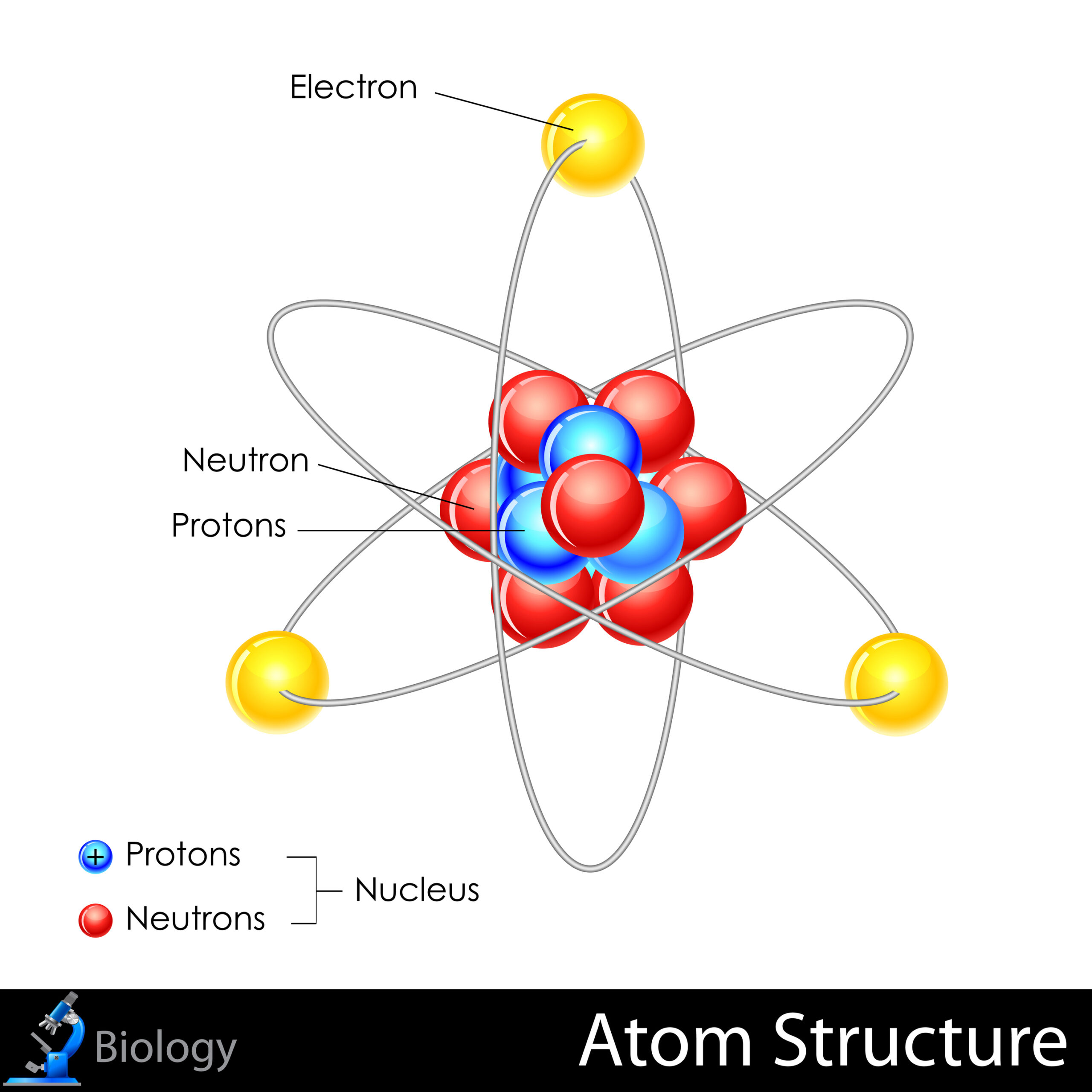The notion of life at the atomic level provokes a multitude of fascinating questions about the fabric of existence itself, particularly when we delve into the complexities of evolution. If atoms were indeed sentient entities capable of vital experiences, would this fundamentally augment our understanding of evolutionary processes? By imaginatively engaging with the concept of conscious atoms, we can explore whether such a perspective could elucidate the intricacies of evolutionary theory.
At the outset, one must comprehend the significance of atoms in the context of biological evolution. Atoms, the basic building blocks of matter, serve as the foundational elements of all living organisms. They comprise molecules, which form cells, the basic units of life. The interactions between atoms can lead to the emergence of complex structures that exhibit life’s hallmark traits—metabolism, reproduction, and response to stimuli. However, these interactions occur within a framework that is predominantly deterministic and devoid of agency. The introduction of a conceptual framework in which atoms possess a semblance of consciousness could fundamentally disrupt this deterministic narrative.
Imagining a scenario where atoms “experience” their surroundings may provide a novel lens through which to examine evolutionary mechanisms. Evolution is often misunderstood as a linear progression; however, it is more accurately described as a multifaceted, dynamic interplay of genetic variation, environmental pressures, and natural selection. If atoms were active participants in this process, they could potentially engage in a dialogue of sorts with their environment, adapting and modifying their interactions based on those experiences. This anthropomorphism serves to prompt inquiries about the nature of adaptation and resilience in living organisms.
Furthermore, considering the sentience of atoms may illuminate the phenomenon of co-evolution. In biological systems, co-evolution occurs when two or more species reciprocally influence each other’s evolutionary trajectories. If atoms possessed an awareness that allowed for selective partnerships with other atoms or molecules, co-evolution would take on an entirely new dimension. Rather than simply reacting to external stimuli, these conscious atoms could actively negotiate and forge relationships that enhance their collective survival and proliferative success. This perspective raises tantalizing questions about the agency of molecular interactions and their consequences on the evolutionary timeline.
Equally intriguing is the prospect of symbiosis at the atomic level. Evolutionary biology holds that symbiotic relationships between organisms can drive diversification and innovation. Could conscious atoms form symbiotic bonds, where cohabitation and cooperation lead to enhanced functionality? Visualize the emergence of molecular machines that actively participate in biological processes, with each atom making decisions informed by shared experiences. This could markedly illuminate how cooperation fosters diversity and innovation within species, painting a broader canvas of evolutionary theory whereby life is viewed as an intricate tapestry of interactions rather than isolated adaptations.
Moreover, the sentience of atoms may provide profound insights into the concept of emergence—how complex systems and patterns arise from relatively simple rules and interactions. The coalescence of atoms into molecules, and ultimately living cells, embodies the principle of emergence. If atoms were conscious, their collective decisions and interactions could lead to unexpected outcomes, illustrating a form of evolutionary novelty that diverges from traditional theories that often fail to account for unpredictability in evolutionary trajectories.
One must also contemplate the temporal aspect of evolution. The slow, gradual changes that characterize evolutionary biology are often met with skepticism when juxtaposed against the rapid pace of environmental change. If atoms could express an awareness of impending shifts in their environment, would they adapt more readily? Evolutionarily beneficial mutations often arise during periods of environmental stress. Consciousness at the atomic level might enable a more anticipatory adaptation, potentially mitigating the risks associated with sudden changes, and fostering a deeper understanding of resilience and vulnerability in biological systems.
Furthermore, the ramifications of this theoretical paradigm extend beyond the realm of biological evolution. If atoms were alive, they might partake in a form of memory, retaining experiences that influence their future interactions. This presents a compelling analogy to epigenetics, where experiences can lead to heritable changes in organisms without altering the underlying DNA sequence. Just as epigenetic factors can inform evolutionary pressures, conscious atoms could imbue a layer of experiential dynamism, contributing to heritable traits and potentially accelerating the evolution of complexity.
In contemplating the implications of conscious atoms, one must acknowledge the dangers of anthropomorphism. While attributing human-like qualities to atoms can enrich our understanding of evolutionary concepts, it is crucial to ground this exploration in empirical reality. Atoms, in their current scientific understanding, operate based on the principles of quantum mechanics and thermodynamics—a dance of energy and forces, devoid of intentionality. Nonetheless, this imaginative foray challenges conventional narratives and invites inquisitiveness about the interconnectedness of all matter and the processes driving evolution.
In conclusion, positing that atoms could possess life and an awareness invites a reimagining of evolution that transcends traditional boundaries. Through this lens, evolutionary biology could be enriched by a deeper appreciation for the relational and participatory dimensions of existence. The radical notion of conscious atoms might not only spark further inquiry but also compel a profound reconceptualization of life itself. While the intersection of consciousness and atomic structure remains firmly rooted in the realm of speculation, it serves as a fascinating thought experiment that beckons further exploration into the enigmatic dance of life, evolution, and existence.












